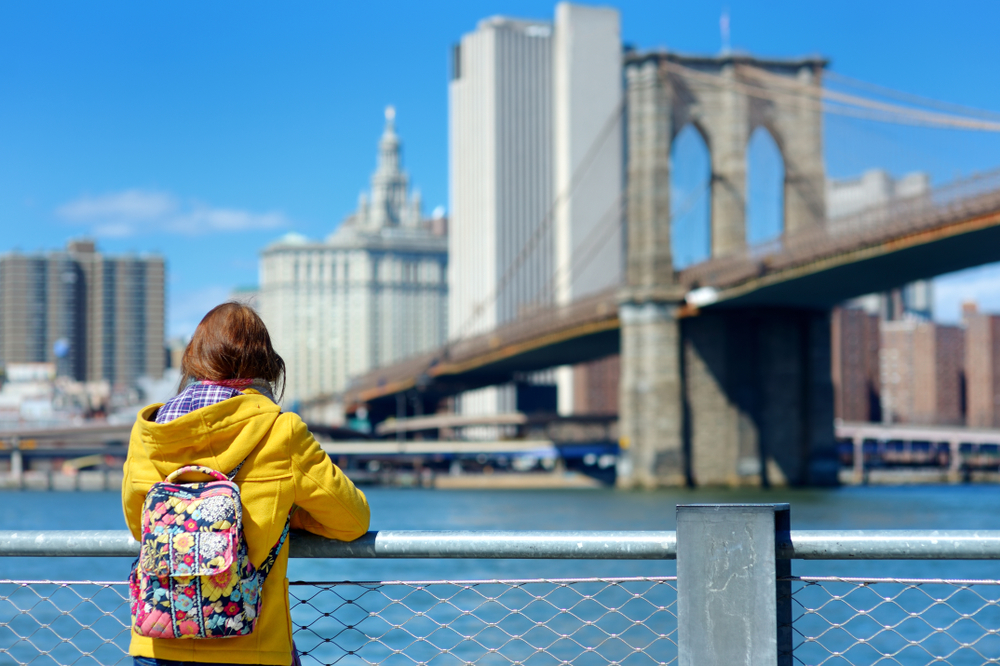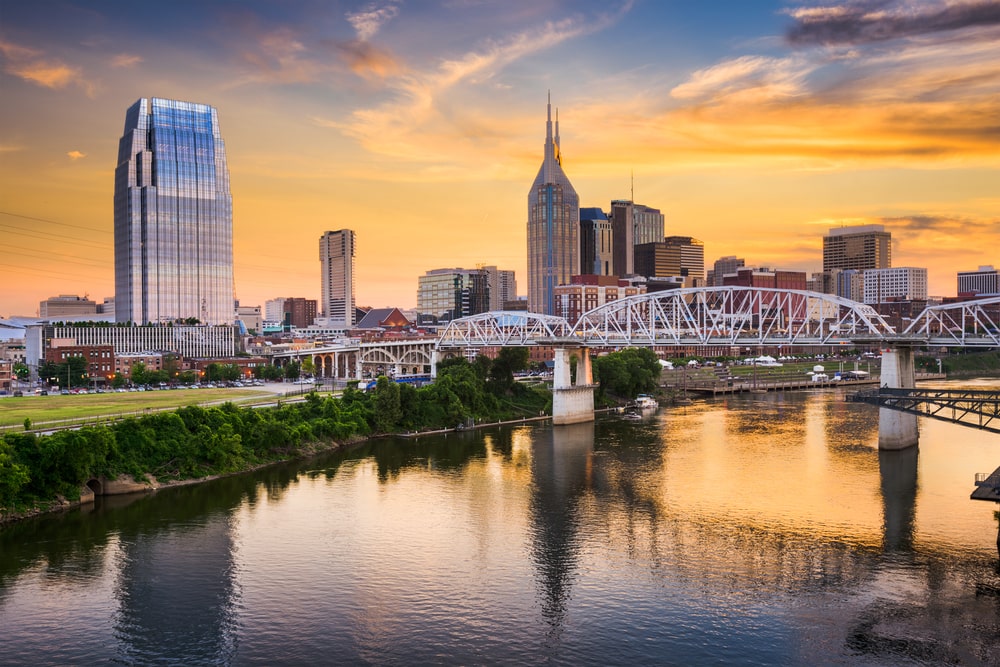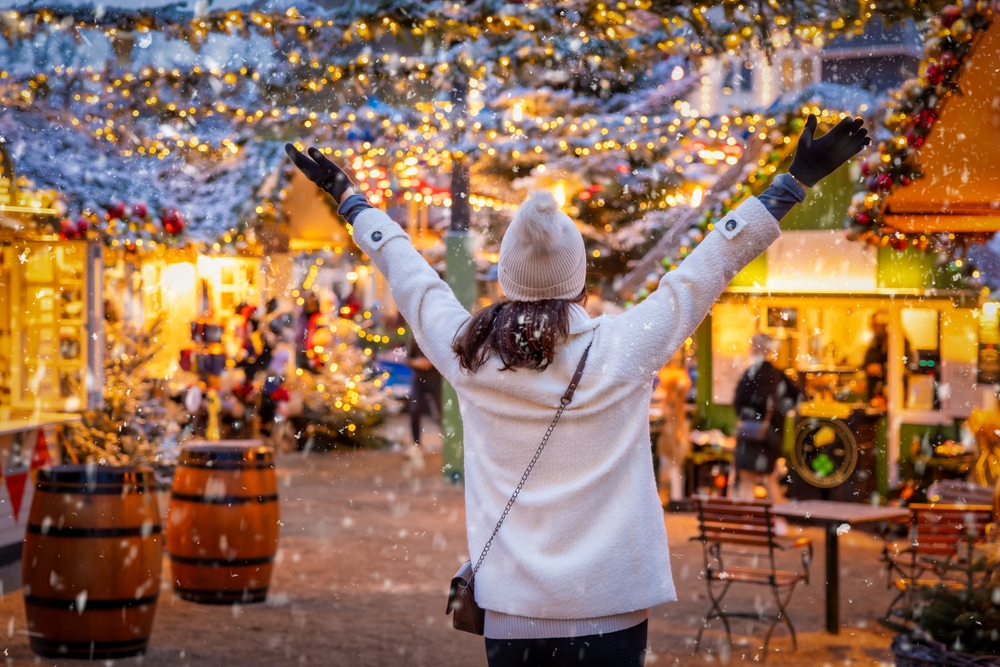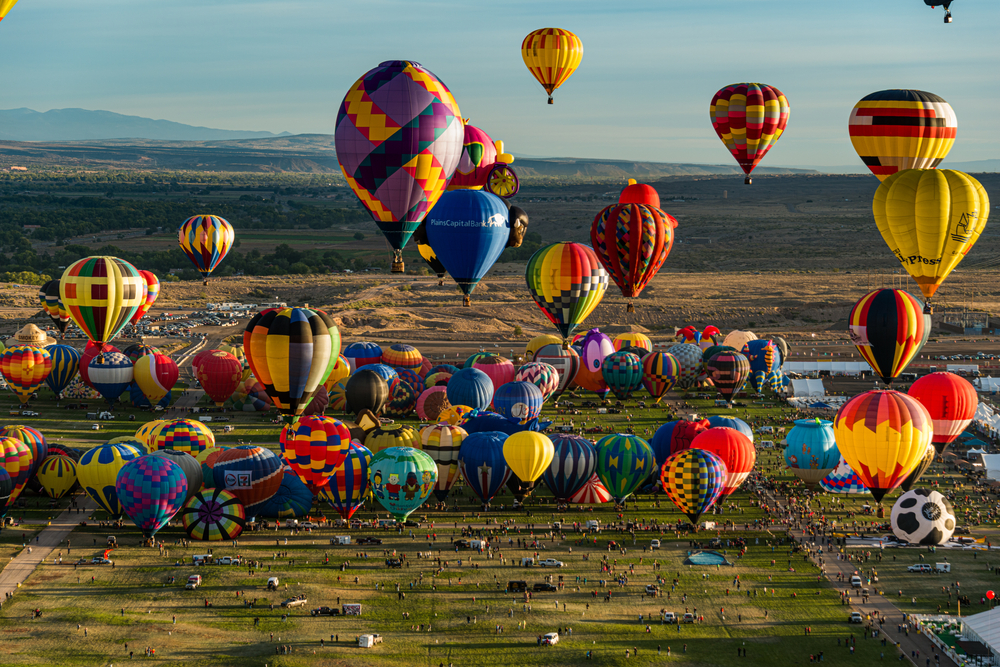In regions that are already among the most beautiful in the world, nature sometimes puts on a spectacular show of stunning beauty. When the water from these beaches is disturbed, it can glow blue, green, or red thanks to the aid of small creatures, of which there are several varieties.
This is most common in the tropics, where warm, nutrient-rich water stimulates the growth of these small algae, but it can also occur in cooler seas, such as Jersey Island in the United Kingdom or San Juan Island in Washington State.
Thousands of people go to see this stunning multicolored spectacle, which makes them feel as if they are swimming among the stars.
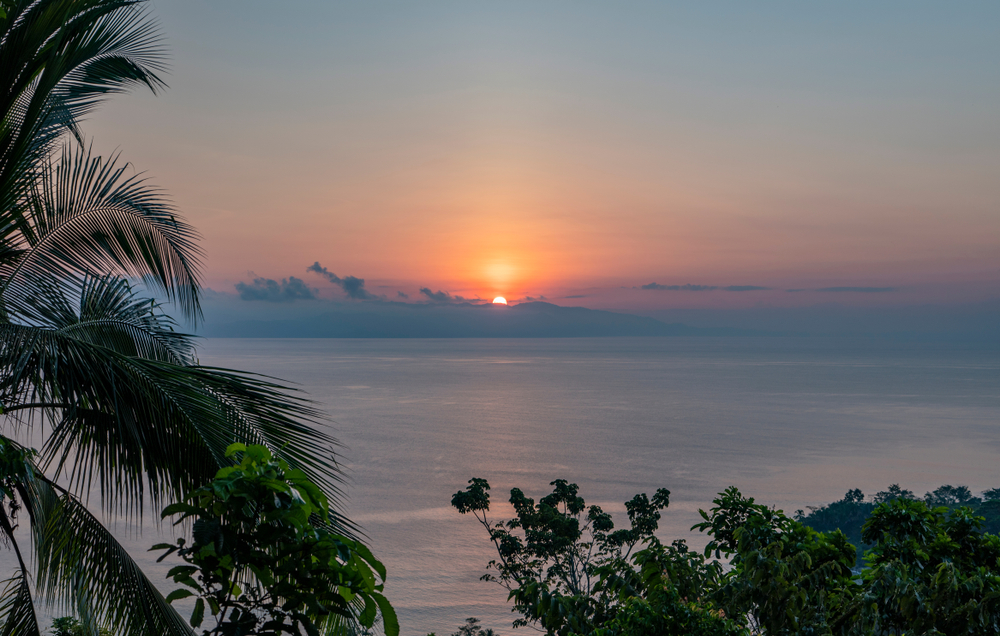
1. Golfo Dulce, Costa Rica
The Golfo Dulce is located on Costa Rica’s Pacific coast, in the Puntarenas province’s southern section. Golfo Dulce, while not as well-known as the Osa Peninsula, attracts surfers searching for the world’s longest left-hand breakers, which the town of Pavones is famous for.
Within Parque Nacional Piedras Blancas, there is also a deep jungle with outstanding biodiversity and a sizable indigenous population. At Playa Nicuesa Rainforest Lodge, the Golfo Dulce is also an excellent site to see the bioluminescence.
A non-rainy, dark, moonless night is the optimum time to witness this amazing event. You’ll notice that the water shines with every movement as you stroll to the lodge’s boat dock. Request that the guide take you out in a kayak not far from the coast, where you can see the blue and green pyrotechnics with every paddle stroke.
2. Beautiful beaches? Ha Long Bay, Vietnam
One of the most famous tourist spots in northeast Vietnam is Ha Long Bay. The bay is notable for its large limestone islands, which are bordered by emerald-green seas and covered in deep rainforests.
The majority of visitors go about in traditional junk boats or sea kayaks, passing past the more well-known islands, including the Teapot Islets and Stone Dog. Scuba diving, hiking, and rock climbing are all popular activities in the area, particularly at Cát Bà National Park. While Ha Long Bay is popular, it may get busy, and the water can get polluted at times. Further along, the bay is Lan Ha Bay, which is less well-known but equally gorgeous.
Cat Ba Island is the best route to get there. The amazing bioluminescence in this distant region of the bay is also well known. When there is no moon, the guides bring their visitors here in the middle of the night and let them leap into the black sea. The bioluminescent algae emit waves of stunning blue-green light with every movement and splash.
3. Jersey, UK
Jersey Island, off the coast of the United Kingdom, is remarkable in many respects despite its modest size of 9 by 5 miles. With a distinct cosmopolitan vibe, timeless harbor, secret valleys, excellent shopping, and fantastic natural beauty, it is a blend of English reserve and French flair.
Jersey is a popular tourist destination for travelers from the United Kingdom and mainland Europe, who come for a weekend getaway or a longer vacation. The stunning bioluminescence that lights up the sea at night when the ocean recedes to low tide and star-like flashes of dazzling green light glitter in the shallow water is one of Jersey’s many distinctive attractions.
The best method to see this phenomenon is to embark on a moonwalk, a walk across the shallow water that is only feasible until the tide comes in when the footprints are hidden by 40 feet of water and the light is gone.
4. Luminous Lagoon, Jamaica
Luminous Lagoon, located near the town of Falmouth along the huge marshlands of Trelawny, was formerly a significant part of Jamaica’s sugar trade. The lagoon, which was located where the Martha Brae River spilled into the Caribbean Sea, had a wide pier where large British ships used to land.
As the sugar industry faded, the lagoon became a famous tourist attraction because of one particular feature: it is one of the best spots in the country to see bioluminescence, a light created by tiny creatures called dinoflagellates that sparkle in the dark in the lagoon’s shallow, warm waters.
Millions of these tiny critters illuminate everything they touch on a dark night, from fish to plants to the rare swimmer. Tour operators bring their customers to the tranquil waters at night to swim in the wonderful light. The Luminous Lagoon is one of the largest and most impressive venues for tourists to see this spectacular sight.
5. Manasquan Beach, NJ
Manasquan is a popular tourist site, especially for families, because it is located where the Manasquan River meets the Atlantic Ocean. Manasquan, located on the Jersey Shore, includes a mile-long sandy beach on the ocean with fishing and boating access to the Manasquan River.
Surfers and swimmers frequent the beach, and children enjoy the fine sand. The downtown area is packed with excellent retail and dining options, many of which are within walking distance of the beach.
When the water is disturbed during low tide on Manasquan Beach, when the night is moonless and dark, the bioluminescent algae put on a display of spooky shimmering red and blue hues. The ideal time to see the spectacle is from July through September.
6. Gippsland Lakes, Australia
The Gippsland Lakes are Australia’s biggest inland waterway network. The lakes are ideal for a variety of water activities or simply sitting on the coast. You can hire a boat, try waterskiing, paddle a kayak or canoe, or join a trip to observe rare dolphins and even rarer shimmering algae.
This peculiar occurrence began after the 2006 bushfires, when severe rains swept too much organic debris into the lakes, resulting in a gigantic algal bloom. While the algae started presenting some issues by reducing the quantity of sunlight that the lake animals got, they also flashed a faint bluish light at night if the water was disturbed.
Swimming became an entirely new sensation, particularly when skinny-dipping. This happened for the first time in 2008, and the bioluminescence is now gradually disappearing, which is excellent news for the lake’s vegetation and creatures.
7. Mission Bay, California
Mission Bay Aquatic Park, located in San Diego, is the world’s largest water park and a haven for water sports enthusiasts, kids, families, and anyone wishing to spend a day on the water. Kayaking, paddleboarding, sailing, water skiing, kite surfing, and other activities are available.
Outside of the sea, there are fantastic hiking and biking paths, barbecues, picnic areas, beach bonfires, and everything else you can think of. There’s also a really unusual treat: the water may become red during the day and a vivid neon blue at night thanks to the abundance of bioluminescent algae.
While swimming in the glistening waters is generally harmless, there are instances when the algae exude chemicals that are harmful to human health. If you can’t swim, rent a kayak and paddle about in the wonderful light.
8. Mosquito Bay, Puerto Rico
Mosquito Lagoon, also known as Bioluminescent Bay, is a quiet, mild, shallow bay on the southern shore of Puerto Rico’s Vieques Island. The bay is famed for its intense bioluminescence, which has been proclaimed the brightest in the world.
When disturbed on a dark, moonless night or when the moon is young, small organisms known as dinoflagellates of the species Pyrodinium bahamense release a dazzling blue glow. The circumstances are ideal for these tiny creatures, and the dazzling light they emit draws in visitors from all over the world.
Take a kayak to the center of the water and see the light explosions with each stroke of your paddle. Swimming among these dinoflagellates is no longer permitted because too many humans have upset their delicate equilibrium.

9. Mosquito Lagoon, Florida
Mosquito Lagoon lies in the center of Florida. It runs between Ponce de León Inlet and the north end of Merritt Island as part of the Atlantic Intracoastal Waterway and the Indian River Lagoon system. The lagoon divides New Smyrna Beach and runs beside the Canaveral National Seashore, the Merritt Island National Wildlife Refuge, and the Kennedy Space Center.
The region provides fantastic boat rides through the canals, mangroves, and inlets, and it is a popular site to witness unique bioluminescence every summer. When there is no moon, the tour guides take their visitors out into the lagoon at night to view the vivid blue and green lights that flash with every movement of the boat.
You may also paddle your own kayak and observe the stream of light that spills over from your paddles or the trails behind you.
If you plan on going to the beach on your next vacation, you truly need a beach umbrella. This one might be a great choice: Caribbean Joe Beach Umbrella for Chair
You should also read: This Woman Lived in Florida for 20 Years; Here Are Her Top 7 Tips for Tourists

